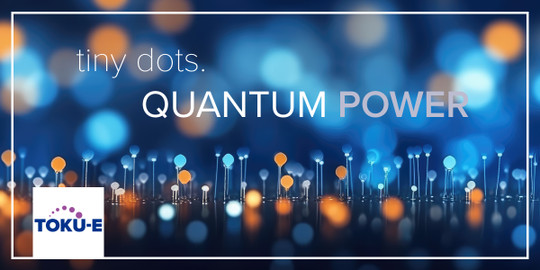On October 4, 2023, the Royal Swedish Academy of Sciences announced that ‘the discovery and synthesis of quantum dots’ took home the Nobel prize in chemistry and was awarded to: Moungi Bawendi (MIT) Louis Brus (Columbia University) , and Alexei Ekimov (Nanocrystals Technology Inc.).
These nanoparticles are so small that their size determines their properties. To put it in chemistry terms, when matter shrinks to nano-dimensions, then quantum phenomena arise, and these are governed by the size of the matter.
When light hits these tiny dots, electrons are energized, and release that energy as fluorescent light. The smaller the dots, they compress the electron wave, so energy is increased, and dots appear blue, while larger dots appear red. When these are injected into the body and are attached to immune cells, for example, they light up the way and help to distinguish even hard-to-detect tumors.
In the late 1990s, Chan and colleagues used quantum dots to tag cells in the laboratory. The surface modifications used for integrating quantum dots were also adapted for other types of nanoparticles. Unlike fluorescent labels that come in only a few colors, quantum dots are more stable, brighter, and can be tuned to emit a variety of wavelengths just by varying the particle size.
In awarding the prize this year, the Academy looked at the technology as a whole, and how this discovery could impact the future. The ability to tune these nanoparticles just by changing their size or surface properties could open up a world of possibilities in disease detection, for HIV, hepatitis B, influenza and more.
References
https://www.sciencenews.org/article/quantum-dots-nanoparticles-bawendi-brus-ekimov
https://www.nobelprize.org/prizes/chemistry/2023/press-release/

